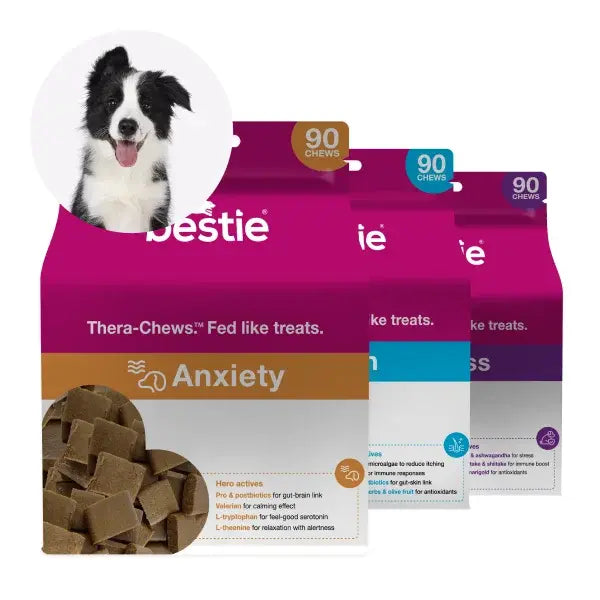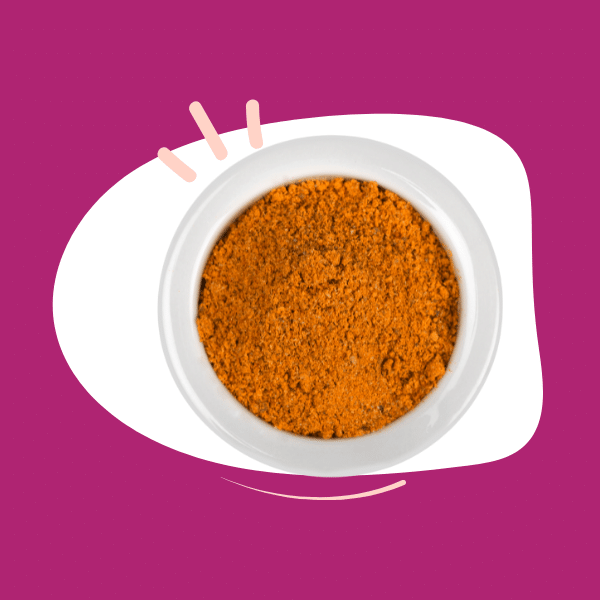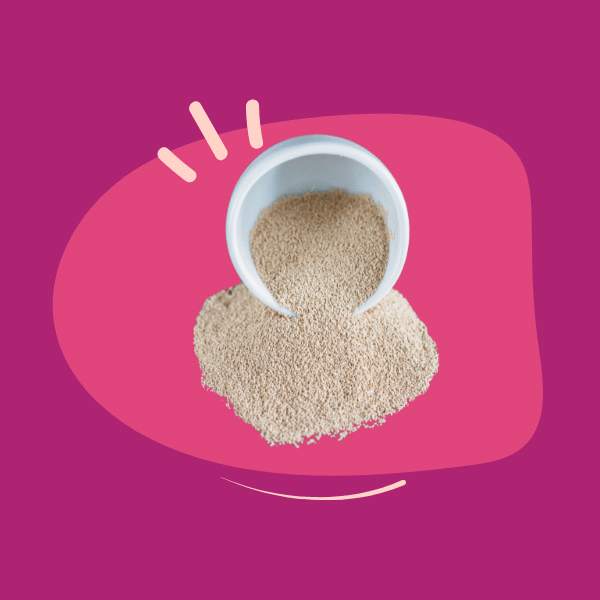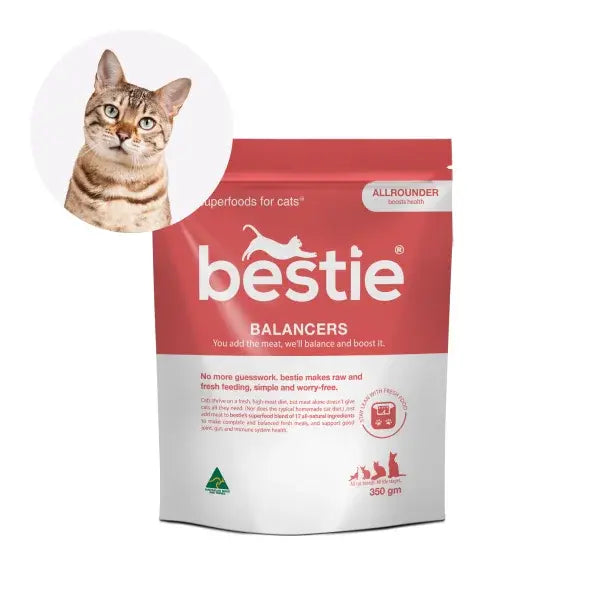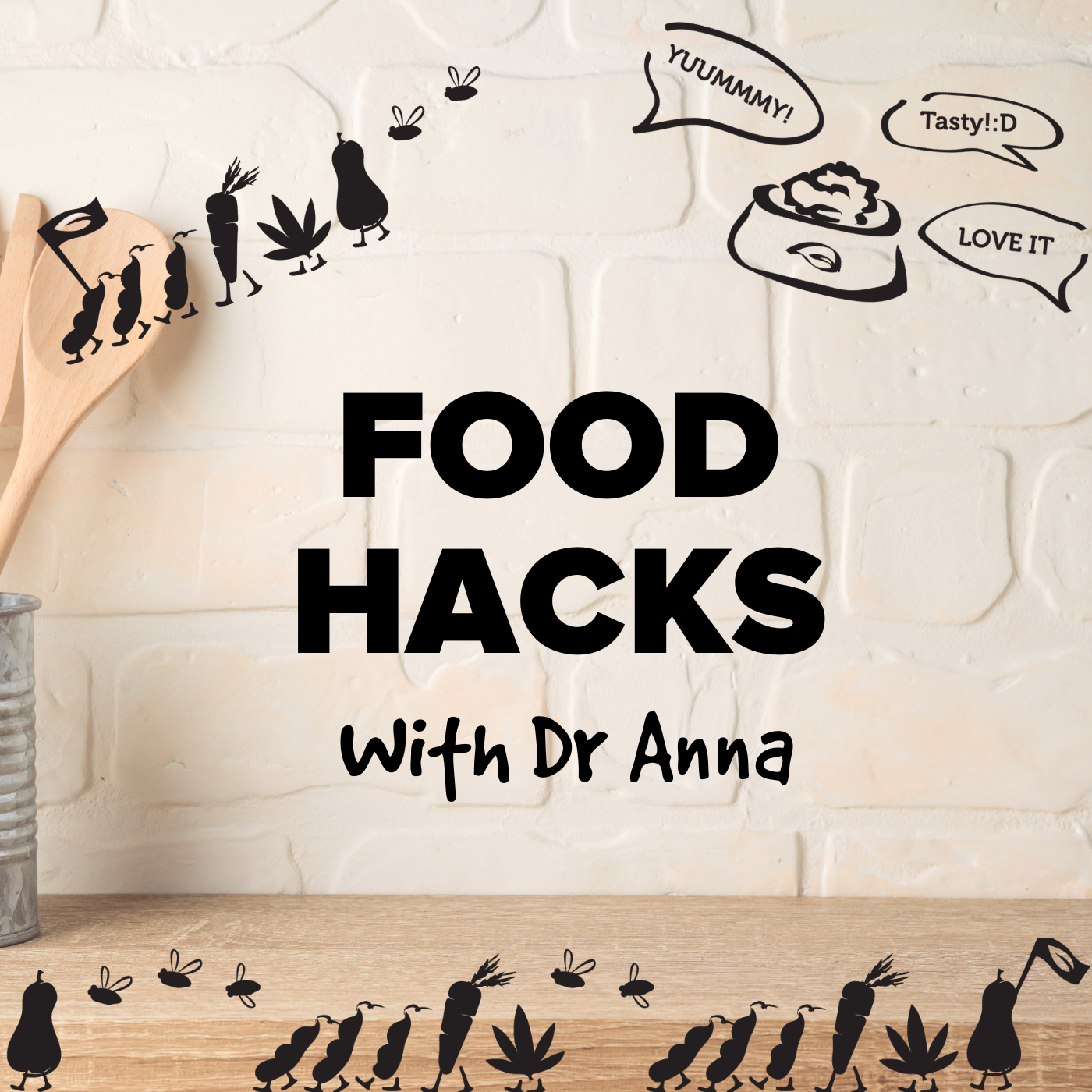There's a new book out, called, you guessed it, Eat Like the Animals, and it has lessons for what we should be eating - and what we should be feeding our pets.
Researchers from the Charles Perkins Centre at Sydney Uni, David Raubenheimer and Stephen Simpson, began their shared journey in nutrition science. It took them from Oxford to Sydney via the Pacific Island of Lifou to the deserts of Arizona, from slime moulds and locusts to humans; from labs to jungles, and finally to our modern processed food system.
I'll be interested to see what it says, and the conclusions the researchers draw, which I gather are along the lines of:
- Mixing a nutritionally balanced diet, with a precise ratio of protein to carbohydrate, seems daunting, but animals, from apes to cats to dogs to cockroaches, all manage it instinctively.
- It comes down to the essential role of appetite to communicate the body's needs to the brain.
- Humans have this ability too, but our appetites have been hijacked in the modern food environment, causing obesity and the serious diseases that come with it.
But what does this have to do with dogs and cats?
I've read research studies about this before, like the one in NZ, that gave 15 dogs free access to 3 different wet diets, fed twice a day, that were nutritionally complete and formulated using the same four ingredients, in different proportions, to supply high levels of protein (58% ME), fat (86% ME) or carbohydrate (54% ME).
The findings of this study (2017) suggest that dogs still possess a “feast or famine” mentality, and try and get their energy from dense fat over protein initially.
However, as feeding continues over 10 days, a transition to a more balanced energy contribution from both macronutrients is evident. In addition, given the option, dogs don't make a beeline for carbohydrate as a significant portion of the diet.
(By the way: kibble-based diets typically contain 16%–38% protein, 6%–18% fat and 40%–60% carbohydrate (dry matter basis).
Another study involved cats, using an approach similar to that applied to the domestic dog. That 2011 study established that macronutrient energy profile (P:F:C) was 52:36:12 (% by energy).
- Well, dogs and cats don't choose a high carb diet
- Most kibble is high carb
- Most fresh food diets (well, the bestie + meat approach certainly is) are high protein
And, we could take a leaf out of this book and review our own eating habits - and ditch highly processed food too.







